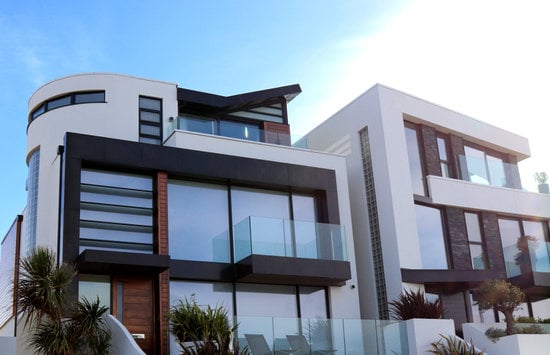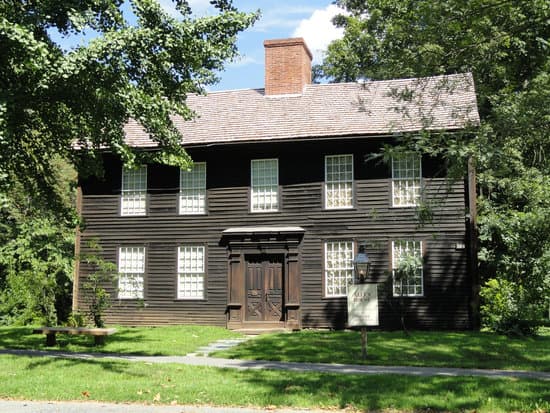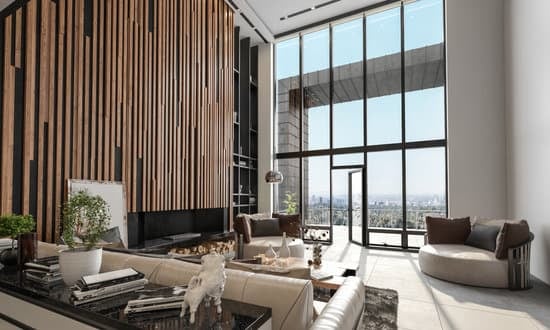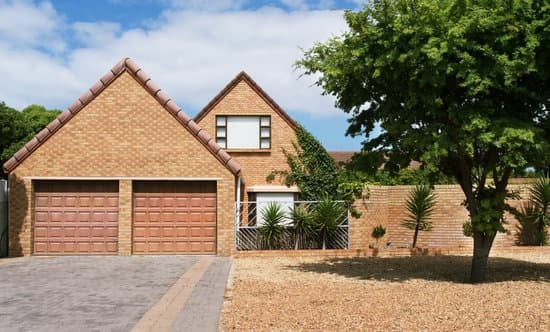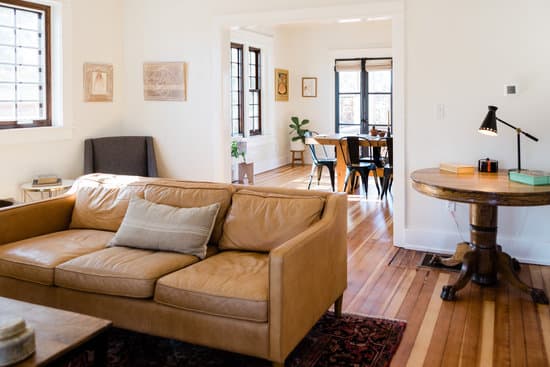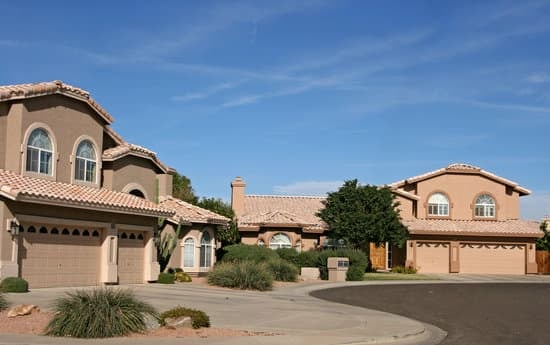Walls in old houses tend to be thicker than their modern counterparts due to differences in constructing methods. Homebuilders of past centuries employed a variety of techniques to ensure a home’s stability and longevity, and thicker walls were just one method employed. Here’s why walls were so thick in old houses:
Brick walls: The most luxurious homes of the past tended to be constructed of brick, which is a very durable material that provided excellent insulation. The thickness of the walls allowed for better temperature control and protection against the elements.
Plaster walls: Plaster walls were commonly used in homes before the advent of drywall. Plaster is a heavy, durable material and required thicker walls to support its weight.
No insulation: Older homes did not have insulation as we know it today. Thick walls served as the means of providing insulation and were necessary for keeping the home warm in the winter and cool in the summer.
No air conditioning: Before the widespread use of air conditioning, thicker walls provided insulation against heat and humidity, keeping the interior of the home more comfortable.
Noisy environment: Older neighborhoods were often filled with sounds of horse-drawn carriages, factories, and trains. Thicker walls provided a sound barrier and insulation against outside noise.
The thickness of the walls in older homes was a practical necessity of the time, and while not as common in modern constructions, they still provide a unique charm and appeal that many homeowners enjoy.





